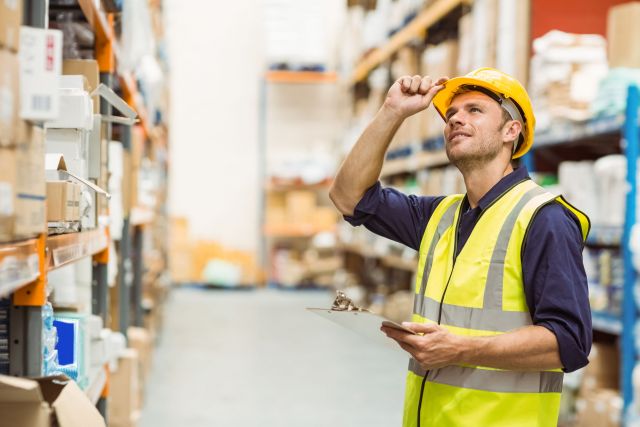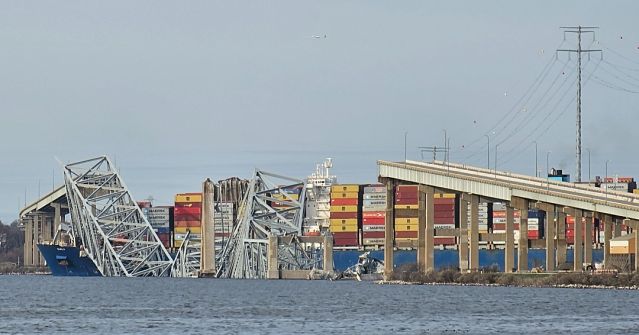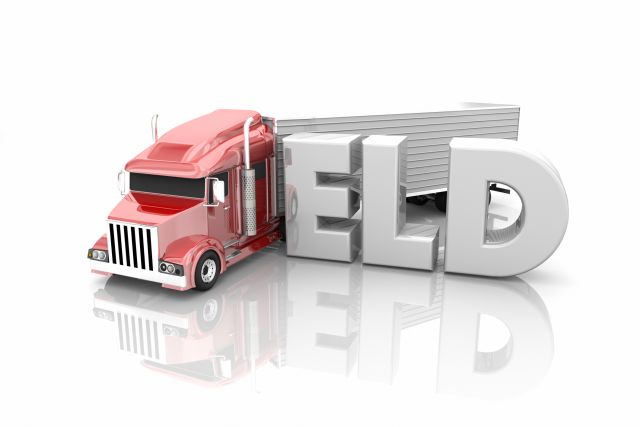Technology has integrated itself into every part of our life. It’s changed how we communicate, travel, and interact with the world around us. Technology has also changed how the distribution industry functions. While workers don’t have to fear being replaced by robots yet, there is no denying that these five technologies are changing how their job works.
The Cloud
Cloud technology isn’t new to most people. Most people have iCloud set up on their iPhones. The cloud is actually what enables most technology to move with us throughout our lives. It simply refers to software and services that run on the Internet or data plans instead of a local server or desktop. The name is a little misleading as cloud technology is still physically stored in remote servers, but it does get transferred through the air in some sense.
Cloud technology allows apps and software to work almost anywhere. It also makes it easy to combine and integrate data. For distribution, it means that storage facilities can share data to more effectively plan and operate. It also means that drivers can remotely access emails, logs, and other vital information. The Cloud is probably one of the most utilized new technologies in the distribution and logistics industry.
Machine Learning
Machine learning sounds scarier than it is. It simply enables computers to use existing data to forecast future outcomes, trends, and behaviors. Basic machine learning teaches software to find patterns in current data so that is can seek out patterns in future data. Most people already use machine learning in their life even if they don’t realize it. Machine learning is what determines the pricing on ride-sharing apps or enables predictive text on your phone.
For the distribution industry, machine learning has been able to streamline many aspects. Machine learning helps with sales forecasting by taking into account data such as weather, traffic, discounts, and seasonality. This makes it easier for companies to know how much product they need at a given time. Strategic pricing is where machine learning has really earned its spot. It allows businesses to effectively determine prices based on price elasticity, historic sales, promotions, and lost sales.
Artificial Intelligence
Artificial intelligence (AI) is the technology people get most scared about. They often picture a science fiction movie where robots take over. The reality of this technology is much tamer but just as exciting. AI is similar to machine learning, so the two are often confused, but they’re different concepts. Machine learning learns from past data, where AI makes decisions based on its own assessments. Artificial intelligence is essentially training a computer to do things that humans presently cannot.
Currently, the big thing for AI and distribution is self-driving cars. Companies such as Tesla, Google, and Apple are all working on creating driverless cars. The idea is that in the future AI driven vehicles could replace truckers. Drivers shouldn’t be worried about their jobs yet. Self-driving cars are still a long way off from being implemented in a commercial setting.
Digital Assistants
How many times a day do you ask your phone a question? Digital assistants, such as Cortana, Siri, and Alexa, have changed the way we do tasks in our everyday life. Whether it’s asking directions or picking music, digital assistants have integrated themselves in how we operate.
Digital assistants are now also beginning to be used in the distribution and logistics industry. It’s already changing how companies and clients interact. For example, a client could ask a digital assistant how much inventory they have in the warehouse without having to call and ask someone there. Companies could also ask digital assistants where a delivery truck is, all without having to call and interrupt the driver. It makes for a smoother and less disruptive way of communicating.
Online Bots
Bots, or web robots, are often talked about negatively due to them commonly being used in sketchy ways online, but they’re vital to how companies operate on the Internet these days. Bots are simply software applications that run automated tasks over the Internet. They perform simple tasks but much faster than a human can.
For distributors, bots give your clients the ability to communicate with you online. For example, a customer support bot can give your clients information about their order even if the office is closed or busy. Bots are also a great way to reach new clients. They can provide potential customers with information and increase overall sales. While bots are best left to perform simple tasks such as communication, they help reduce the workload on your employees so that they can focus on more important tasks.
Final Thoughts
Technology has always impacted how businesses operate. With each new technological invention, the distribution industry goes through a change. People have been worried about technology replacing human workers for years. Even though bots and AI seem threatening, they’re actually supporting human employees rather than replacing them.
Distribution companies that learn to adopt these new technologies will be the ones to pull ahead. The truth is that most people are already using these technologies in their daily lives. Embracing them in the commercial world will provide more effective communication and workflow. Contact us today to learn how Traffix will use these technologies to provide your company with better distribution and logistical services!



